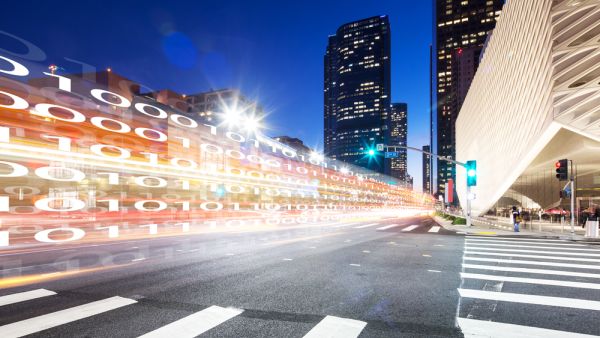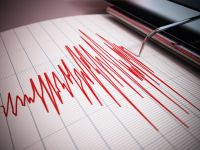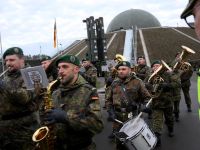As part of the transportation authorities' efforts to address this problem, researchers from across the US Department of Energy's (DOE) Argonne National Laboratory in collaboration with the Lawrence Berkeley National Laboratory (LBNL) have developed a new artificial intelligence model to help alleviate congestion on the city's streets.
According to the Phys.org website, Argonne's supercomputers experts have developed an AI model that can digest traffic patterns from nearly a year's worth of data taken from 11,160 sensors along the large California highway system.
That data was then used to train a model to forecast traffics, congestion spots, and average speed of cars on the routes.
The new model can look at the past hour, and then predict the next hour of traffic with great accuracy within milliseconds.
"The AI and supercomputing capabilities that have been used in this work allow us to tackle really large problems. The scale of this project is large, and this amount of data requires an equally large computing resource to tackle it," said Prasanna Balaprakash, a computer scientist in Argonne National Laboratory.
According to Balaprakash, a top-of-the-line desktop computer could require three weeks to train the traffic forecasting model, but the same process can be done in three hours on a supercomputer.








